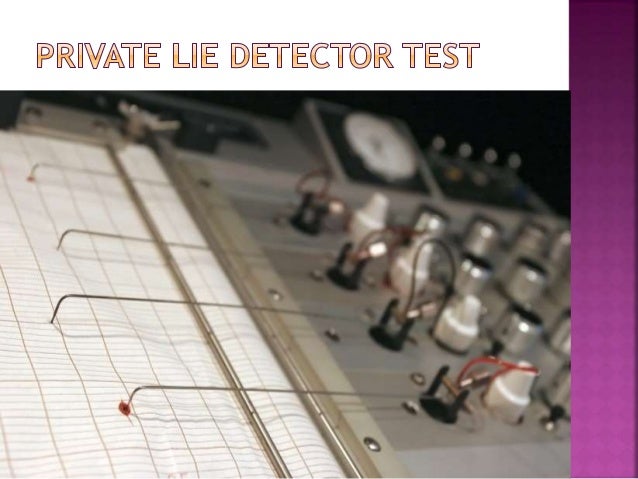Unveiling the Truth: The Mystery of Lie Detector Tests
Unveiling the Truth: The Mystery of Lie Detector Tests
Blog Article

In a world where truth and deception often dance a delicate tango, lie detector tests have long held a mystique that both intrigues and intimidates. Designed to uncover the honesty or falsehood behind spoken words, these tests have sparked controversy and debate among critics and advocates. The polygraph, as it is formally known, embodies a fascinating intersection of science, psychology, and ethics, serving as a tool in legal investigations, employment screenings, and even reality television shows. But beyond the allure of its technological prowess lies a complex web of questions surrounding its accuracy, reliability, and impact on individuals' lives. Join us as we journey into the realm of lie detector tests, uncovering the layers of truth and fiction that shape our understanding of this enigmatic tool.
History of Lie Detector Tests
http://floridapolygraphexams.com/
Lie detector tests, also known as polygraphs, have a long and intriguing history. The concept of using physiological responses to detect deception dates back to the early 20th century. The first widely recognized lie detector test was developed by William Moulton Marston in the 1920s.
Marston's polygraph measured blood pressure, heart rate, and respiratory rate to determine if someone was lying. It was based on the theory that lying would create emotional responses that could be detected through these physiological changes. Despite criticism and skepticism, Marston's invention laid the foundation for modern polygraph technology.
Throughout the years, lie detector tests have been used in various fields, including law enforcement, employment screenings, and government agencies. Despite their controversial nature and limitations, polygraphs continue to be used as a tool for uncovering deception.
How Lie Detector Tests Work
Lie detector tests, also known as polygraph tests, work by measuring various physiological responses of the individual being examined. The main indicators monitored during a test typically include changes in blood pressure, heart rate, respiration, and skin conductivity.
Throughout a lie detector test, the individual is asked a series of questions while sensors connected to the person's body record the physiological responses. When a question is posed, the examiner observes the fluctuations in the recorded data to determine whether there are significant deviations from the baseline measurements.
The underlying principle of lie detector tests is based on the assumption that deceptive answers will trigger physiological responses due to the stress and anxiety associated with lying. These responses can manifest in different ways, such as increased heart rate or changes in sweating patterns, providing cues that help in detecting potential falsehoods.
Controversies Surrounding Lie Detector Tests
The reliability of lie detector tests has long been a subject of debate among experts in the field. Critics argue that these tests are not foolproof and can be manipulated or influenced by various factors, such as the individual's mental state or physical condition at the time of testing.
Another controversy surrounding lie detector tests is the issue of false positives and false negatives. False positives occur when innocent individuals are wrongly identified as deceptive, while false negatives occur when individuals who are being deceptive are not detected by the test. These inaccuracies can have serious consequences in legal proceedings and employment screenings.
Moreover, concerns have been raised about the ethical implications of using lie detector tests, particularly in the context of privacy and individual rights. Critics argue that these tests can infringe upon personal liberties and lead to unjust outcomes, warranting a closer examination of their use and validity in various settings.
Report this page